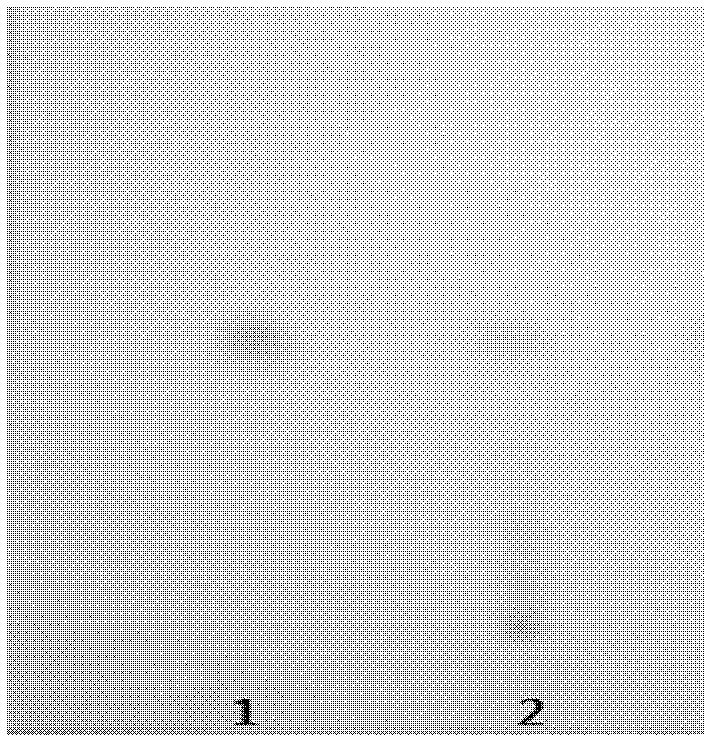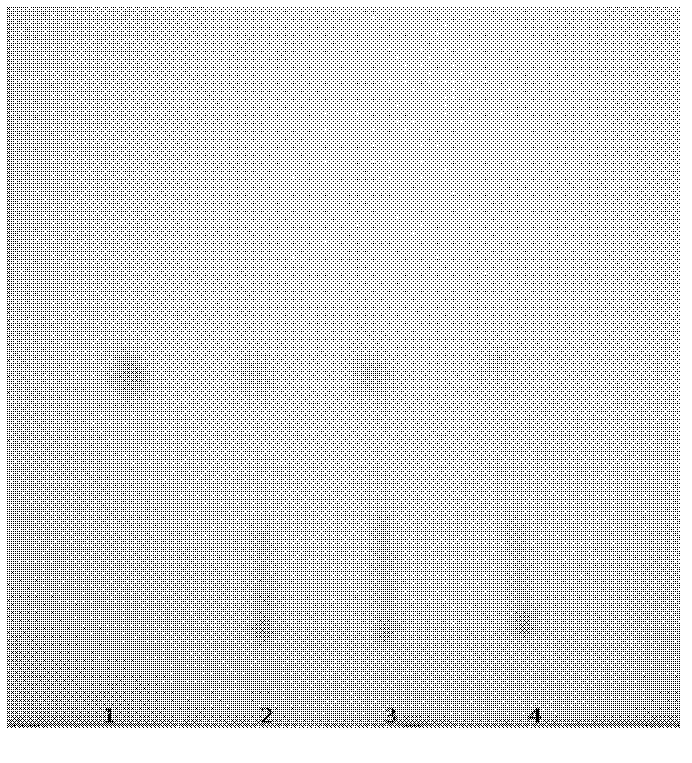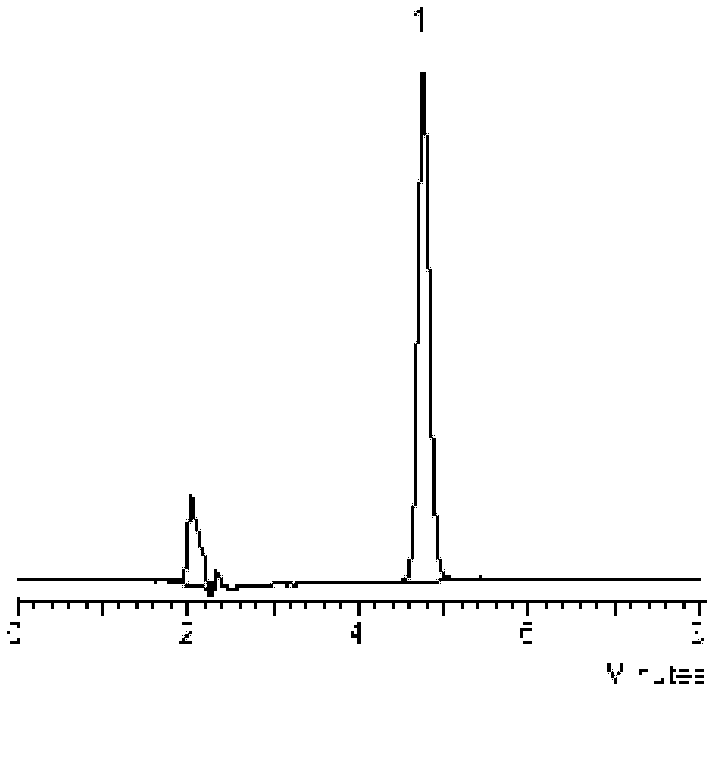Preparation method for roxburgh rose and multi-index detection method
A detection method and multi-indicator technology, applied in food preparation, measurement device, color/spectral characteristic measurement, etc., can solve the problem of incomplete quality inspection, lack of specific qualitative and quantitative indicators, affecting the rational development and application safety of prickly pear Effectiveness etc.
- Summary
- Abstract
- Description
- Claims
- Application Information
AI Technical Summary
Problems solved by technology
Method used
Image
Examples
Embodiment 1
[0354] Embodiment 1: the detection method of described Rosa roxburghii is:
[0355] [Properties] This product is oblate, 3-4cm in diameter, yellow-green or yellow-brown on the surface, a few with red halo, covered with dense thorns, some with brown spots, with 5 petals on the top, yellow-brown, densely grown fine thorns; Longitudinal section view, flesh yellowish white, crisp; many seeds, born on the protruding receptacle at the base of jaw tube, oval, light yellow, bony, 0.15-0.3cm in diameter, slightly fragrant, sweet and sour, slightly astringent ;Fresh juice is dark brown, slightly sweet, astringent;
[0356] [Identification] (1) Take 2ml of fresh prickly pear juice, add alkaline copper tartrate test solution, heat it on a water bath for a few minutes, and produce red precipitate;
[0357] (2) Take the fresh juice of Rosa roxburghii and put it on the filter paper, add the ninhydrin test solution dropwise, bake at 100°C for about 3-5 minutes, and produce blue color;
[03...
Embodiment 2
[0378] Embodiment 2: The TLC identification method for gallic acid is as follows: accurately weigh 2 g of Rosa roxburghii powder, add 30 mL of absolute ethanol for 100 Hz ultrasonic extraction for 30 min, twice in total, filter, evaporate the filtrate to dryness, add 20 mL of water to dissolve, filter, The filtrate was extracted with 20 mL of ethyl acetate, twice in total, the extracts were combined, heated and evaporated to dryness in a water bath at 80°C, dissolved in 2 mL of methanol, and used as the test solution; then the reference substance of gallic acid was added to methanol to make 1 mL of a solution containing 2 mg. As a reference solution; according to the Chinese Pharmacopoeia thin-layer chromatography test, draw 5 μ L of the above solution, spot on the same polyamide film plate, and use ethyl acetate: methyl ethyl ketone: formic acid: water = 10:1:1:1 as the developer , unfold, take out, let dry, spray 2% Fecl 3 -The ethanol reagent develops the color, and the sam...
Embodiment 3
[0379] Embodiment 3: The TLC identification method for gallic acid is as follows: get Rosa roxburghii powder, add dehydrated alcohol 80-120HZ ultrasonic extraction 1 time, filter, the filtrate is evaporated to dryness, add water to dissolve, filter, and the filtrate is extracted with ethyl acetate 1 time, combined extracts, heated in a water bath and evaporated to dryness, dissolved with methanol, as the test solution; then the gallic acid reference substance was dissolved in methanol, as the reference solution; according to the Chinese Pharmacopoeia TLC test, absorb the above solution, Spot on the same polyamide film board, use ethyl acetate: butanone: formic acid: water = 0.5:2:0.5:2 as developing agent, develop, take out, dry in the air, spray 2% FeCl 3 -The ethanol reagent develops the color, and the same blue-purple spots appear on the position corresponding to the chromatogram of the reference substance.
PUM
| Property | Measurement | Unit |
|---|---|---|
| Diameter | aaaaa | aaaaa |
Abstract
Description
Claims
Application Information
 Login to View More
Login to View More - R&D
- Intellectual Property
- Life Sciences
- Materials
- Tech Scout
- Unparalleled Data Quality
- Higher Quality Content
- 60% Fewer Hallucinations
Browse by: Latest US Patents, China's latest patents, Technical Efficacy Thesaurus, Application Domain, Technology Topic, Popular Technical Reports.
© 2025 PatSnap. All rights reserved.Legal|Privacy policy|Modern Slavery Act Transparency Statement|Sitemap|About US| Contact US: help@patsnap.com



